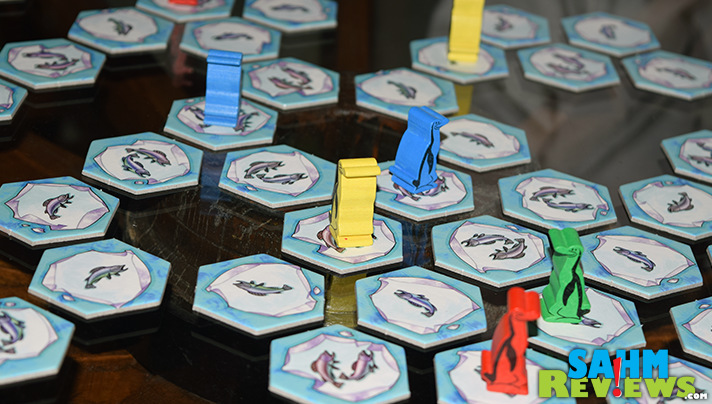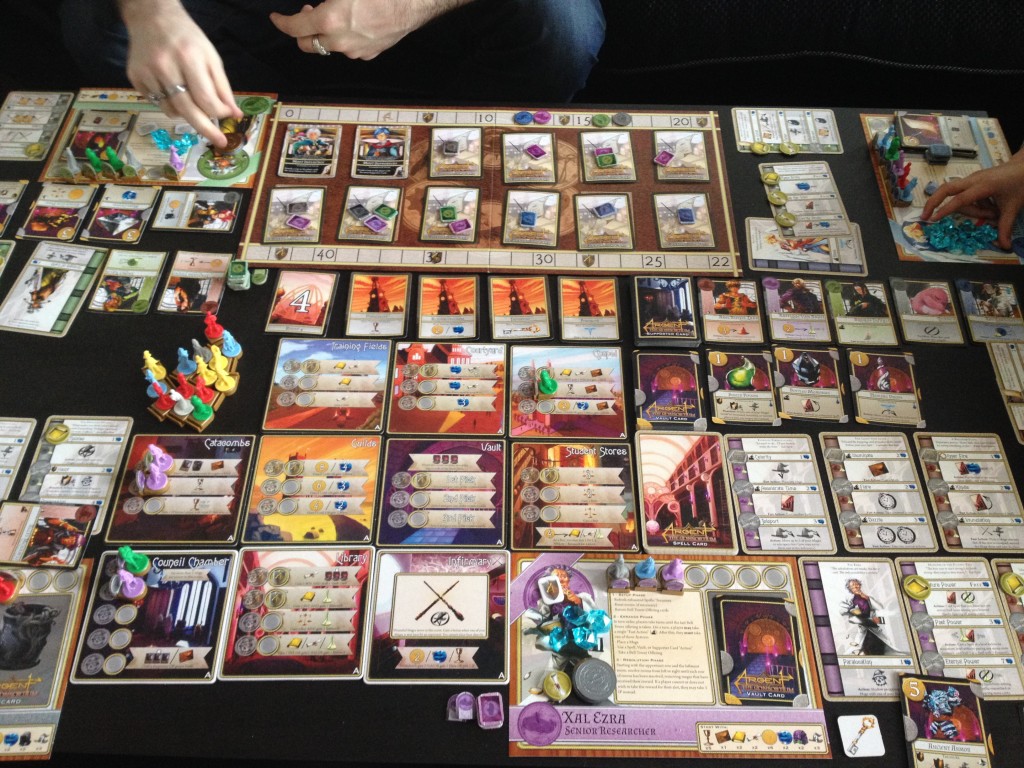Designed by Chris Kluwe.
Do you like Magic: the Gathering? Well, Twilight of the Gods is Magic: the Gathering on crack, only without the need to buy hundreds of expansion packs.
Players play resources (similar to land), summon creatures, and attack the other player. The other player’s health is represented by their total deck size – deal damage to them, and you’ll flip cards from the top of their deck into their graveyard. Once their deck is exhausted, you win! Similar to Magic, but with some useful differences.
Interesting Mechanic: Resources and Manifest. Having insufficient mana is the worst part of Magic the Gathering, and almost everyone who has tried to get in on the collectible card game has tried to get rid of it. Twilight of the Gods has a convoluted solution that turns land into weapons. And by convoluted, I mean it’s deep and interesting but damn if trying to write the following paragraphs wasn’t a pain in the ass – but it’s really neat!
There are three kinds of resources: Tier I, Tier II and Tier III. Each spell you have will have a cost of those (such as 3 Tier I, 1 Tier II, 2 Tier III), which you need to tap – sorry, exhaust – in order to summon the spell. But these spells also ARE the resources — each card has a symbol for one of those on their back, and a card played face down in front of them is played as one of these resources.
But players don’t play these cards from their own hand. Players play land by negotiating with each other – one player will say ‘let’s exchange Tier IIIs’. If the other agrees (and he likely will early on, as both sides are trying to build their mana bases), each player will swap those cards, and place them in their resource base face-down without looking. That card can now be exhausted to summon spells.
But each of these cards you’ve given to the player is also a trap! Each card has a secondary effect (the “heresy effect”) on the bottom that happens when you manifest it. Manifest is a common keyword, and the effects typically help you or damage your opponent. Thus, every card you give your opponent is a potential trap, waiting for you to trigger it.
Twilight of the Gods is deep, interesting and combolicious. Casual Magic players will likely find it overly complex, but hardcore ones will likely find it an intriguing take on the genre.

(Photo Credit: Victory Point Games)










Recent Comments